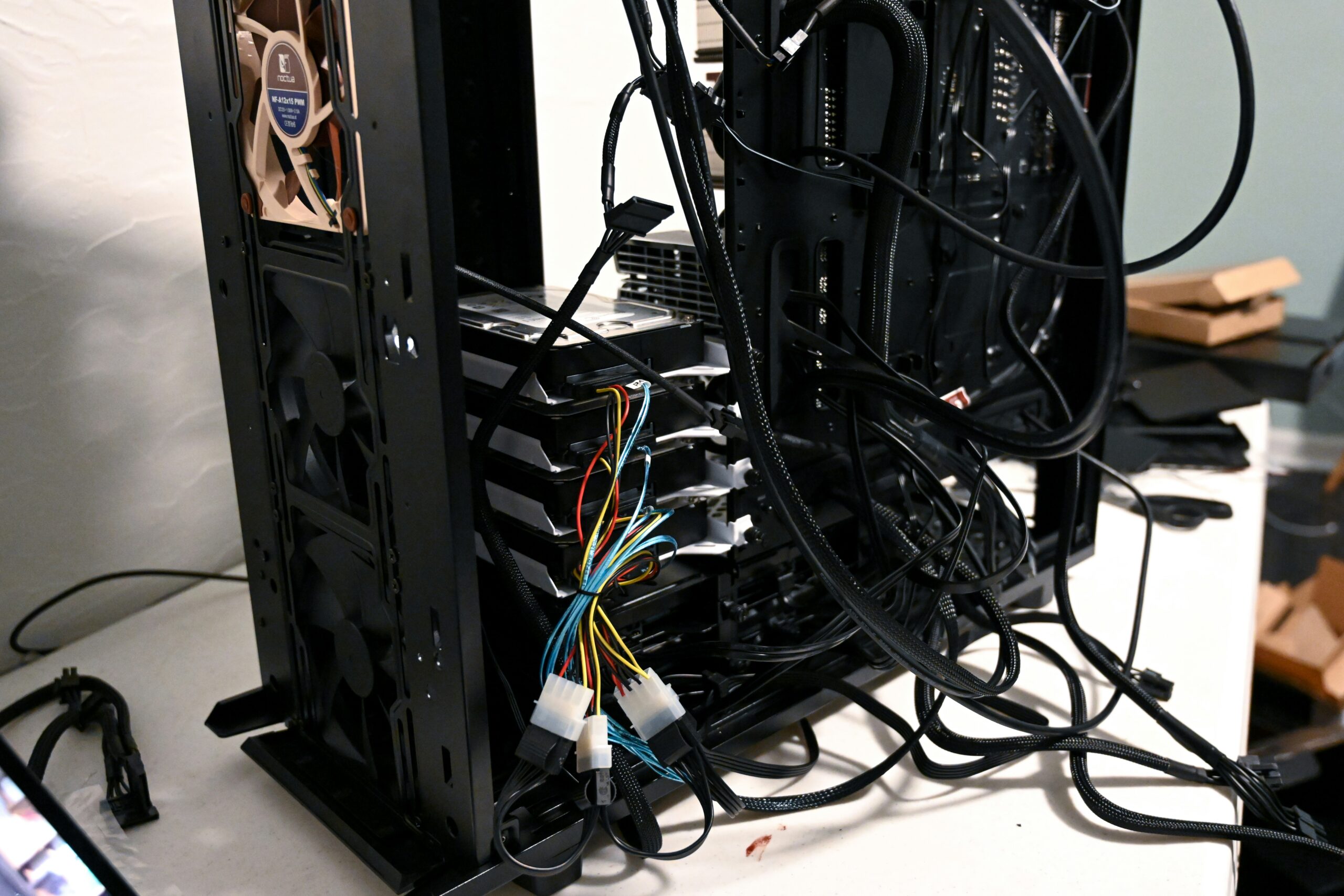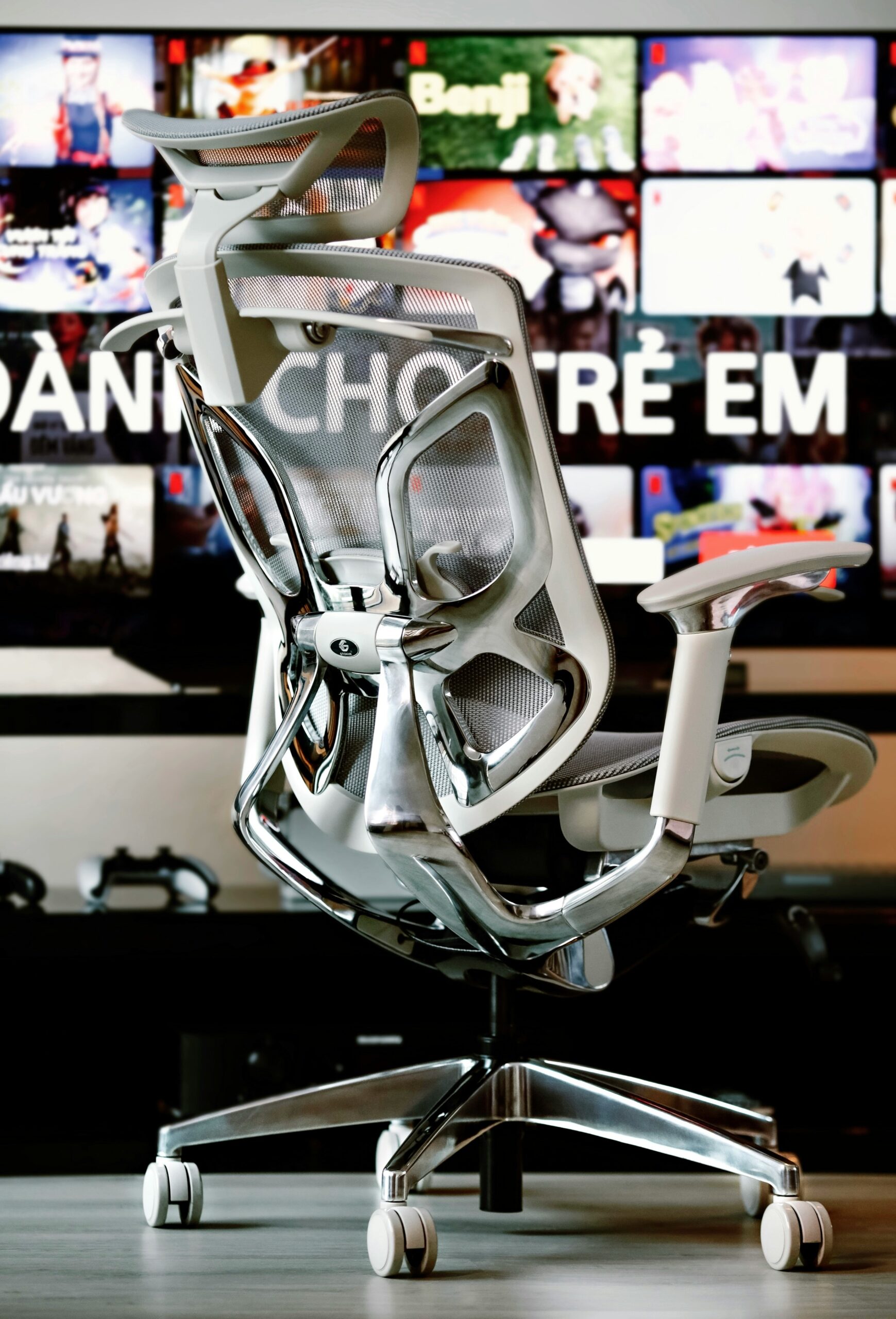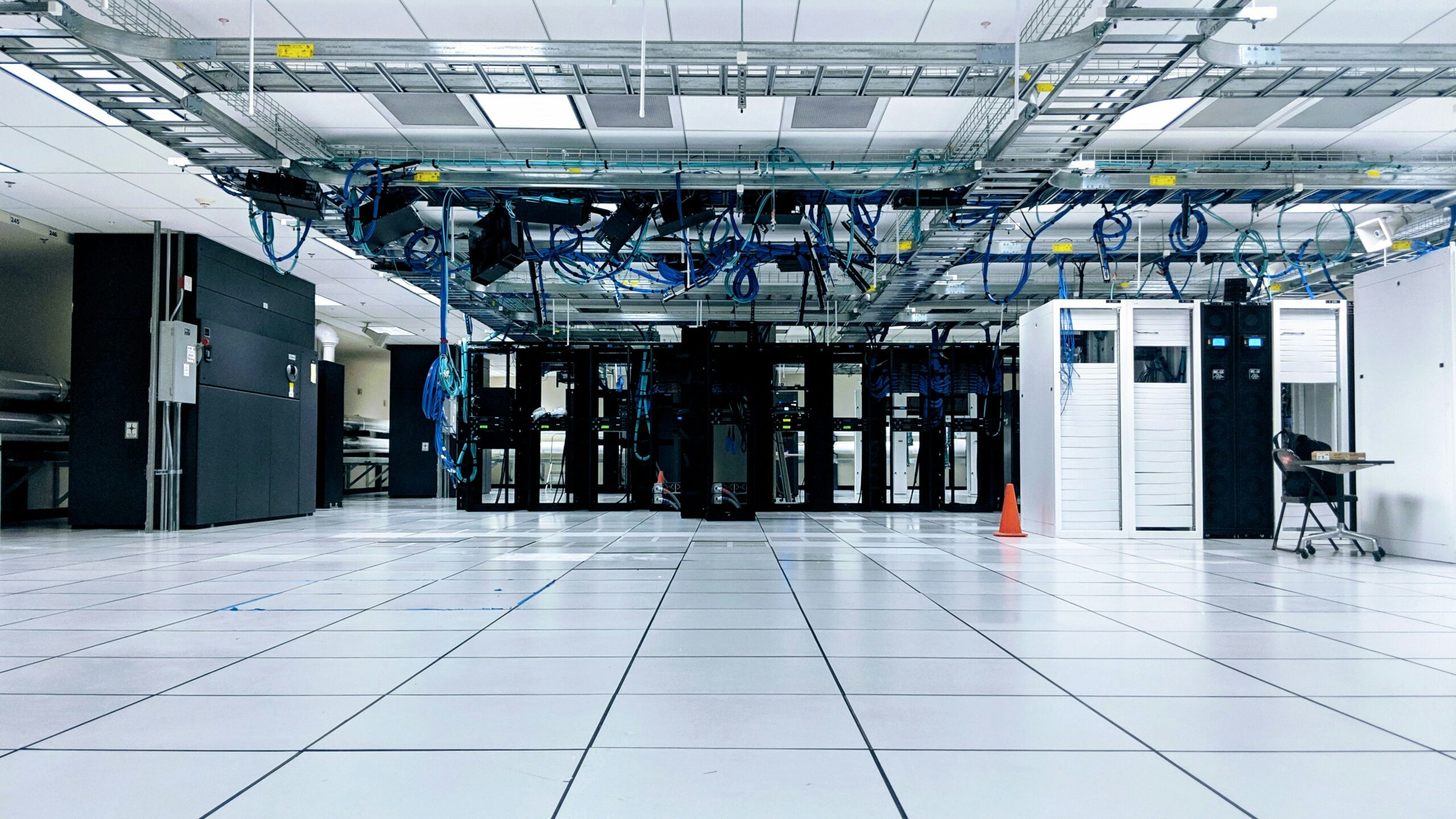In a sea of traditional PC layouts, inverted cases stand out—not just visually, but also in function. By flipping the motherboard tray, these designs give your GPU priority access to cool air, showcase your components on the right side (ideal for left-side desk placement), and sometimes even improve cable management. Below, we explore four inverted cases that do it right—each one suited for a different kind of builder.
Below, we’ve handpicked the best inverted PC cases currently available, based on build quality, thermal performance, component compatibility, and ease of installation.
Best Inverted PC Cases in 2025: Quick Comparison
| Case Model | Form Factor | Price (Amazon) |
| Segotep T1 | ATX Mid-Tower | $125 – Buy Now |
| SilverStone RL08BR-RGB | Micro-ATX | $148 – Buy Now |
| Sharkoon REV 300 | ATX Mid-Tower | Check Availability |
| darkFlash DLV22 | ATX Mid-Tower | Check Availability |
Best Inverted PC Cases in 2025: Top Picks
Segotep T1
Quick Highlights
- ATX mid-tower with vertical GPU support
- Right-side tempered glass
- 240 mm radiator space at front
- Steel body with minimalist front panel
- Bottom-mounted PSU shroud
- Price – $125 – Buy Now
The Segotep T1 brings an inverted layout to budget-conscious builders without cutting corners on basics. The case uses a steel frame and a tinted right-sided glass panel to show off internals. Its layout is clean, separating the PSU below a full shroud and offering enough cable routing behind the motherboard tray.
There’s a vertical GPU slot, though mounting hardware isn’t included. The front panel is solid (no mesh), so airflow is channeled through side intakes. The top houses the I/O panel: dual USB 3.0 ports, HD audio, and a reset switch. It’s functional, compact, and surprisingly modern for the price, though not ideal for larger GPUs or airflow-heavy builds.
Pros
- Vertical GPU support in a low-cost chassis
- Simple, clean aesthetic
- Decent cable management room
Cons
- No pre-installed fans
- Airflow limited by solid front panel
SilverStone RL08BR-RGB
Quick Highlights
- Micro-ATX form factor
- Right-hand tempered glass panel
- Mesh front panel with dual RGB 120 mm fans
- 280 mm front radiator support
- Full PSU shroud and drive bay section
- Price – $148 – Buy Now
The RL08BR-RGB takes a compact approach to inverted builds without compromising structure. Its standout feature is the steel mesh front panel, which enables excellent airflow straight into the chassis. Two pre-installed RGB fans give the case some flair while maintaining function. Internally, it accommodates long GPUs (up to 368 mm) and supports neat routing with velcro cable ties and cutouts.
Drive mounting is separated in a chamber behind the motherboard tray. On the top, the I/O panel includes USB 3.0 ports, mic/audio jacks, and a dedicated RGB control button—letting you toggle lighting modes without additional software. For mATX builders looking for a tidy, efficient layout with visual pop, this one checks all the boxes.
Pros
- Great airflow with mesh front
- Spacious interior for a micro-ATX chassis
- Built-in RGB lighting without software dependence
Cons
- Limited to micro-ATX boards
- Radiator and GPU combo may get tight in front
Sharkoon REV 300
Quick Highlights
- Full ATX support with 90° motherboard rotation
- Seven pre-installed fans
- Supports 360 mm radiators (front/top)
- Right-sided glass panel
- Spacious cable tunnel behind motherboard
- Price – Check Availability
The Sharkoon REV 300 flips more than just the side panel—it rotates the entire motherboard layout. With GPU I/O facing upward, the case enables direct airflow across the GPU and CPU, straight from front to rear. This unique structure allows for extremely clean cooling paths. The case ships with seven pre-installed fans, including five 120 mm intakes and two 140 mm exhausts.
Internally, the REV 300 handles large GPUs and E-ATX motherboards with ease. The PSU and drives are tucked under a full-length shroud. On the front-top edge, the I/O panel is well-stocked: USB-C, dual USB 3.0, audio jacks, and a power button. The rotated design may look different, but the internals are built for serious airflow and high-end builds.
Pros
- Fully loaded cooling setup out of the box
- 90° rotation optimizes thermal flow
- USB-C on front panel
Cons
- May not suit desks with tight overhead clearance
- Top-facing GPU I/O requires longer cables or adapters
darkFlash DLV22
Quick Highlights
- ATX dual-chamber inverted layout
- Vertical GPU support (optional)
- Front and top 280 mm radiator compatibility
- Full PSU and drive bay isolation
- Minimalist front panel, right-side glass
- Price – Check Availability
The DLV22 from darkFlash strikes a balance between aesthetic clarity and layout efficiency. It separates the PSU, drives, and bulkier cables into a hidden second chamber, leaving the main zone clean and airflow-focused. The tempered glass panel is positioned on the right, and the GPU sits in the most visible area—ideal for RGB-heavy builds.
Cooling support includes dual 140 mm or 120 mm fan mounts on both top and front panels. The front panel itself is solid with subtle side ventilation, emphasizing form over function. The I/O is straightforward: dual USB 3.0 ports, a reset button, and HD audio jacks. It’s a solid pick for builders who want cable stealth, a clean layout, and compatibility with most ATX components.
Pros
- Dual-chamber hides cable clutter effectively
- Vertical GPU-ready
- Solid cable management and space utilization
Cons
- Air intake is somewhat restricted
- No fans included
Final Thoughts
Each of these inverted cases serves a distinct purpose depending on what you’re looking for. The Segotep T1 is perfect for builders who want something minimal and affordable, while the SilverStone RL08BR-RGB hits the sweet spot for compact setups that still need real airflow. The Sharkoon REV 300 is ambitious and powerful, great for high-performance systems with demanding thermals. On the other hand, the darkFlash DLV22 offers elegance and structural balance for clean, showcase-worthy builds.
Choosing the right inverted case isn’t just about flipping your view—it’s about how that flip fits into your workflow, your space, and your cooling strategy. If you need help deciding which one suits your hardware or use case, just ask.
Also Read:








